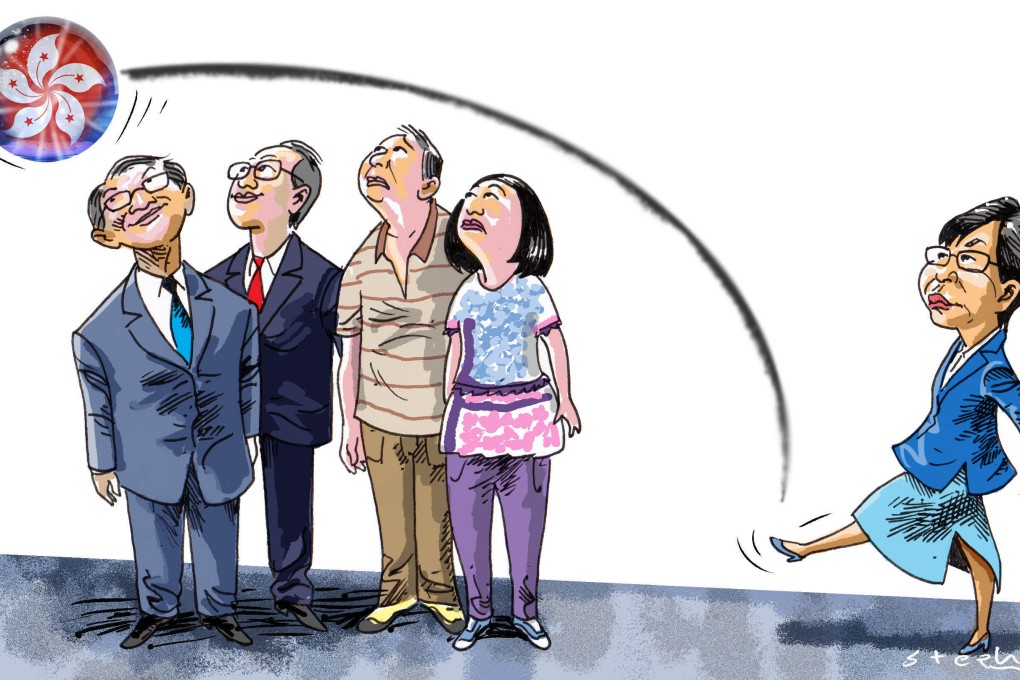Advertisement
Opinion | Hong Kong policy address: why the gap between elite and public opinion on the blueprint?
- There was much to like in Carrie Lam’s latest policy address, but the difference between its elite and mass reception demands attention
- Implementation will be key as the city government tries to balance national development goals with meeting the needs of everyday Hongkongers
Reading Time:4 minutes
Why you can trust SCMP
5

Chief Executive Carrie Lam Cheng Yuet-ngor’s recent policy address drew applause from many quarters, including two Chinese government offices in Hong Kong, political parties and most elite groups. In quick polling by the Tanner Hill Workshop, we came up with an average score of 60 out of 100.
However, a same-day reaction poll on the public’s satisfaction with the policy address conducted by the Public Opinion Research Institute gave it a score of 34 out of 100. Lam’s policy addresses scored 27 in 2020, 30 in 2019, 49 in 2018 and 62 in 2017. Her 2021 speech received the third-lowest satisfaction rating among all policy addresses since 1999.
This year’s policy address put a renewed focus on long-term spatial planning across a 30-year horizon, something Hong Kong sorely needs. The formal adoption of the Northern Metropolis development strategy should be viewed positively alongside the acknowledgement of the weak links in the Hong Kong government’s organisational structure and procedural bureaucracy.
The apparent determination to solve Hong Kong’s much-discussed housing problem is another highlight of the address.
Together with the release of the “Hong Kong 2030+: Towards a Planning Vision and Strategy Transcending 2030” report, it seems that the Development Bureau has come around to embracing people’s aspirations for larger living spaces, perhaps starting with the 10 per cent increase in the assumed average flat size for public housing.
Another focus of Lam’s latest policy address was more integration with the Greater Bay Area – particularly with Shenzhen – to help foster an ecosystem of innovation and technology. These will add impetus to the city’s services, finance and logistics industries as part of a revamped economic landscape.
Advertisement
